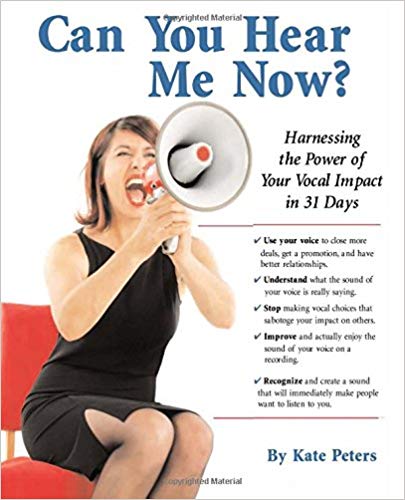How to Design Your Talks to Engage an Audience Without Resorting to Nudity
When I saw my first business presentation 18 years ago, I was afraid that, in my attempt to apply my performing arts skills to business, I had fallen from grace into a pit of darkness and boredom. Since then, there’s been progress; there are many advocates for storytelling and other fresh approaches to presentations. However, many business people still sit through hours each day of text-heavy slides in dark rooms.
We know enough about connection and audience engagement to organize talks and presentations with that in mind. It’s not terribly difficult, but it is different from just putting a slide deck together. Here’s how to do it:
Start with intention
Create a statement of intention for your presentation, one that encompasses what you plan to accomplish. The intention is an aim that guides your action. For example, if you want to sell your listeners a product, that intention is different from just educating them about that product. Though you may want to do both.
Make the intention lofty enough to inspire or motivate YOU and evoke imagination in your listeners. If you aren’t excited about your topic, how do you expect to engage your audience?
Build your content with action items (your aim) in mind, and filter out content that isn’t aligned with your intention. If you must use slides, try a fun alternative such as Prezi, or at least create slides that illustrate ideas rather than vice versa.
Create a structured, narrative flow
An important part of connecting with your audience is to look people in the eye, relate to them, and create interaction. Therefore you have to be able to keep the outline of your talk in your head. The flow I recommend is this, no matter how long the talk:
- A good opening, three points and a strong close
Design the opening and close to include evocative language that creates mental pictures (such as the title of this post); give people road signs to listen for along the way such as “I will show you three ways that we are going to be more successful than ever this quarter.” Use humor and personal stories, and always plan for a call to action in the close.
Use an overall story to keep it all together. In particular, consider the obstacle or problem that you are discussing and be sure it is included. In an article in NY Women in Communications online, Joan Dowling says, “By taking a client through the team’s journey to the “big idea” or product, by sharing the set-backs, wrong turns and successes along the way, a presenter can be far more inspiring and persuasive than by showing a series of heavily bulleted slides and superlatives describing the product.”
Respect time, leave them wanting more
With the use of a statement of intention, you should be able to limit your ideas and leave some for later. I was told once that Barbra Streisand only sang one high note per show so that people would always leave wanting more. Even if you aren’t a celebrity, use the “less is more” approach.
Then decide whether you will use a script or speak extemporaneously. The latter is almost always more engaging. However, it can be more challenging to keep to your time limit if you speak off the cuff.
Therefore, practice is essential. Practice giving your talk including all of your stories, and time yourself. Practice will also help you to get control of vocal filler such as “so” “um” and “aaaand so.”
Further reading:
- Four Presentation Lesson from Larry King by Carmine Gallo, published by Bloomberg
- Five Tips for Powerful Audience Participation, by Jesse Scinto, published by Fast Company
Connect with us on LinkedIn
Connect with the author on LinkedIn
Photo 16312104 © Piotr Marcinski – Dreamstime.com





